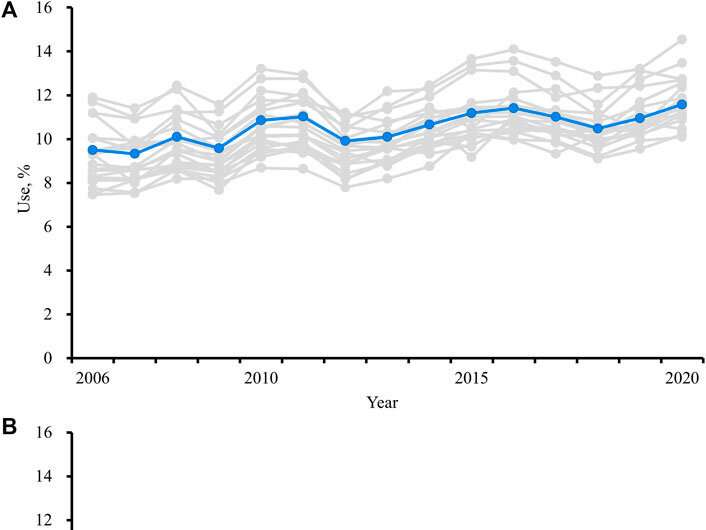Home » Health News »
Examining regional differences in potentially inappropriate drug use among older adults in Sweden

There are clear regional differences in the proportion of older adults receiving potentially inappropriate drug treatment in Sweden. In a study published in Frontiers of Pharmacology, researchers at Karolinska Institutet examine regional differences over time and show that these regional variations have decreased over the past decade.
“The study shows that there are obvious regional variations in the use of drugs among older adults, both in terms of the quantity of medicines and the quality of drug use,” says Jonas Wastesson, senior researcher and main author of the study.
In Sweden, access to good care should be evenly distributed throughout the country. The existence of regional differences in drug use that is inappropriate or risky for older people suggests otherwise.
However, regional disparities have narrowed between 2006 and 2020, for the proportion of older adults using ten drugs or more and the proportion using three or more psychotropic drugs.
The study is based on registry data for the entire population aged 75 years and older, from 2006 to 2020.
“Based on data from the National Prescribed Drug Register (Läkemedelsregistret), we have studied how regional differences have evolved over time in Sweden’s 21 regions,” says Jonas Wastesson.
“In the current study, we have mapped out what the regional differences in drug use look like and have changed over time. In the next study, we intend to investigate which factors contribute to these differences.”
More information:
Jonas W. Wastesson et al, Regional variations in excessive polypharmacy and potentially inappropriate drug use among older adults in Sweden: Trends from 2006 to 2020, Frontiers in Pharmacology (2023). DOI: 10.3389/fphar.2023.1030849
Journal information:
Frontiers in Pharmacology
Source: Read Full Article

